Build a Greener Kitchen with Reusable Containers
Chosen theme: Reusable Containers for a Sustainable Kitchen. Welcome! Let’s transform daily habits into lasting impact with smart, reusable containers that cut waste, save money, and make cooking easier. Join our community—comment with your favorite container hack and subscribe for fresh, practical inspiration each week.
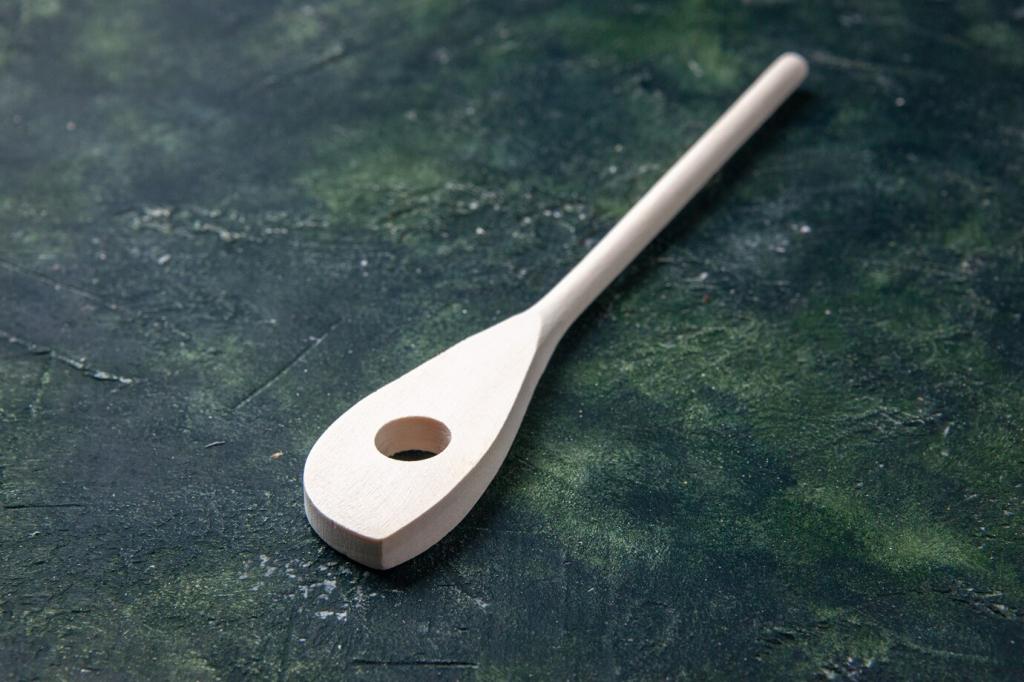
Why Reusable Containers Change Everything
An estimated majority of plastic ever produced has not been recycled, and much of it began as food packaging. Reusable containers stop that stream at the source, reducing single-use items before they enter your home. Share one item you stopped buying disposable, and inspire another reader today.
Why Reusable Containers Change Everything
A single glass or stainless container can replace hundreds of throwaway clamshells and bags over its lifetime. Fewer purchases and less manufacturing add up to meaningful carbon savings. Tell us: which container have you used the longest, and how has it changed your routine?
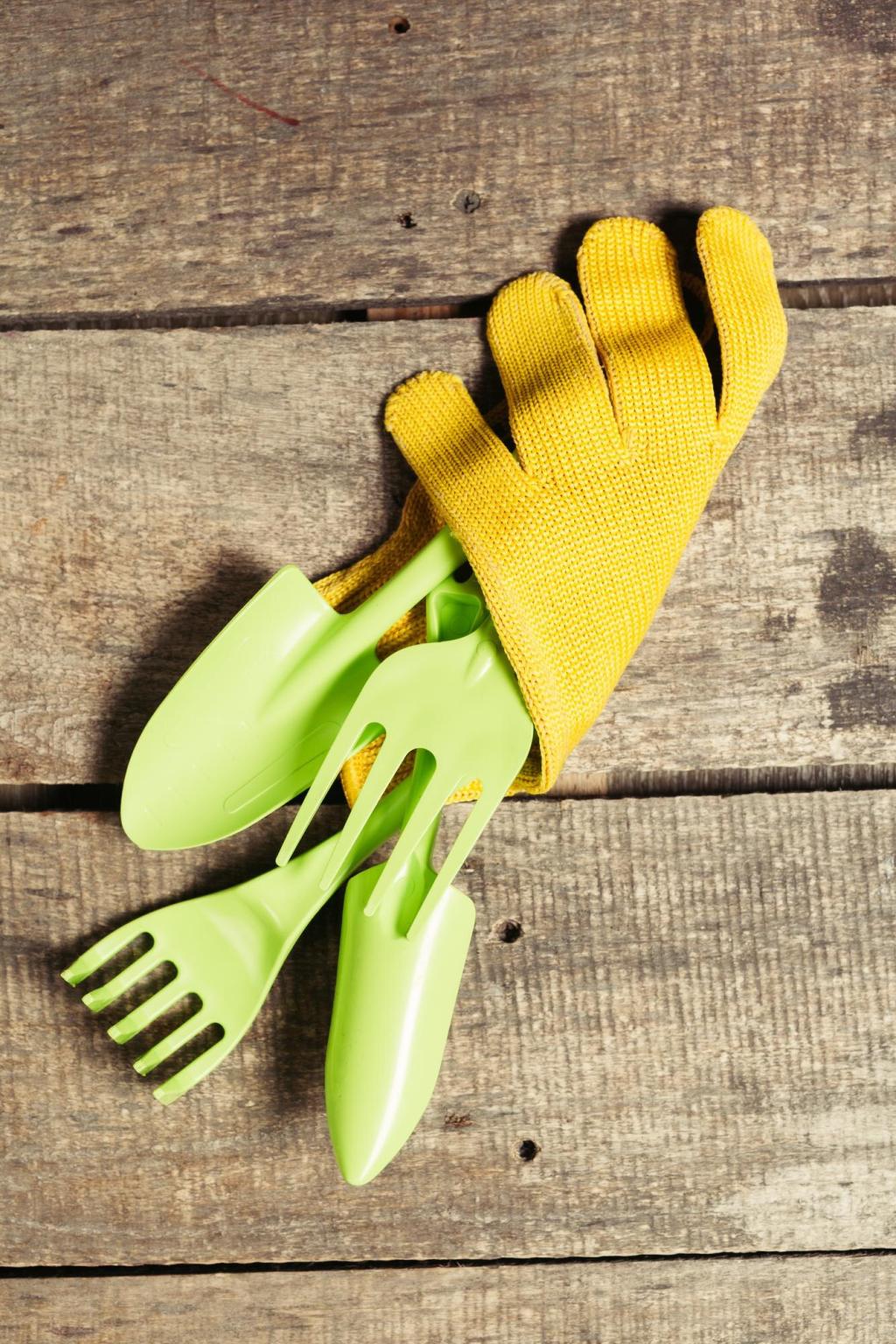
Choosing the Right Materials for Everyday Use
Glass: Clarity, Safety, and Oven-Friendly Confidence
Glass excels at leftovers, sauces, and visibility—no mystery meals hiding in the fridge. It resists stains, goes from oven to table, and cleans easily. Avoid thermal shock by letting it cool before refrigeration. What’s your favorite glass container brand or shape? Comment to help others choose.
Stainless Steel: Lightweight Strength for Busy Days
Stainless shines for lunches, snacks, and travel because it is tough, odor-resistant, and lighter than glass. Leak-proof lids make commuting easier, and dented containers often keep working for years. Share a photo of your well-loved steel set and subscribe for monthly gear care tips.
Silicone Bags and Flexible Options
High-quality silicone bags replace hundreds of zip-top disposables for marinating, freezing, and sous vide. They fold flat, clean well, and handle a wide temperature range. Choose platinum-cured silicone for durability. Do you label your bags for rotation? Tell us your system in the comments.
Organize Like a Pro: Pantry and Fridge Systems
Labels That Actually Help
Use water-soluble labels or a grease pencil to note contents and dates. Color-coding by meal type—greens, grains, proteins—makes grabbing lunch effortless. If your family cooks together, assign colors per person. What labeling trick keeps you consistent? Share it to help new readers succeed.
Stacking Strategies That Save Space
Choose containers with uniform footprints to stack neatly and reclaim shelf space. Nest lids vertically in a file-style rack so they are easy to grab. Decant pantry staples into square jars for tidy lines that reduce visual clutter. Post a shelf photo and inspire someone to organize tonight.
First-In, First-Out Made Easy
Place new items behind older ones and dedicate a small “eat first” bin to reduce guessing. Weekly five-minute audits prevent forgotten leftovers. You will quickly learn your true consumption pattern and buy more wisely. What goes in your “eat first” bin this week? Comment and compare.
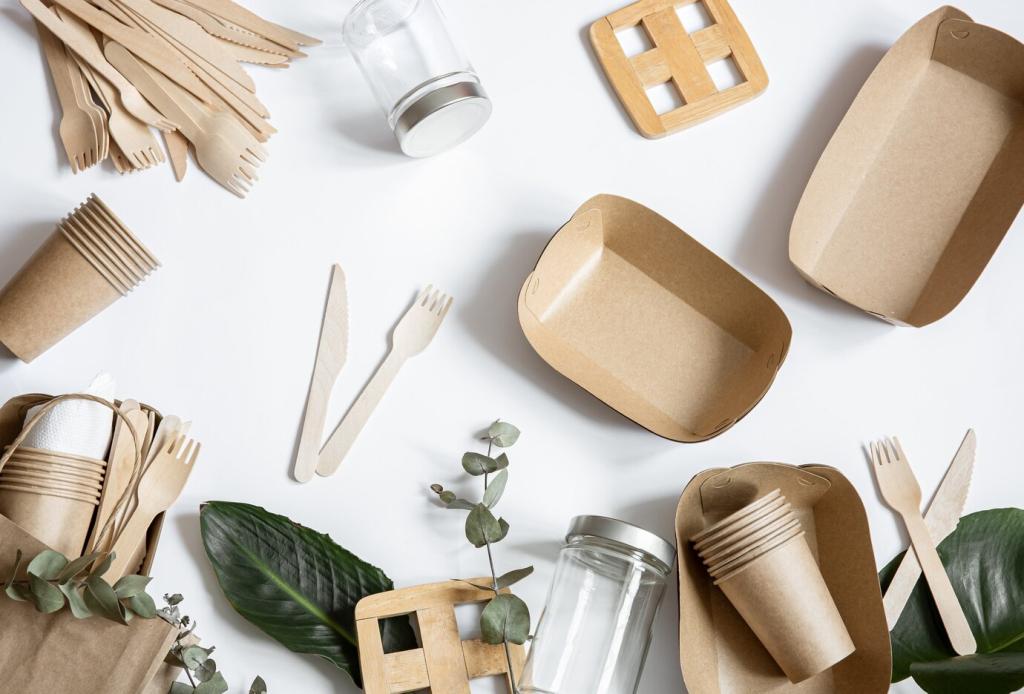
Batch Cooking Without Burnout
Prepare a base soup, grain, and protein on Sunday, then portion into glass containers with room for toppings. Rotate spices and sauces midweek to keep meals exciting. Snap a photo of your lineup and tag your ideas in the comments so others can borrow your smartest combinations.
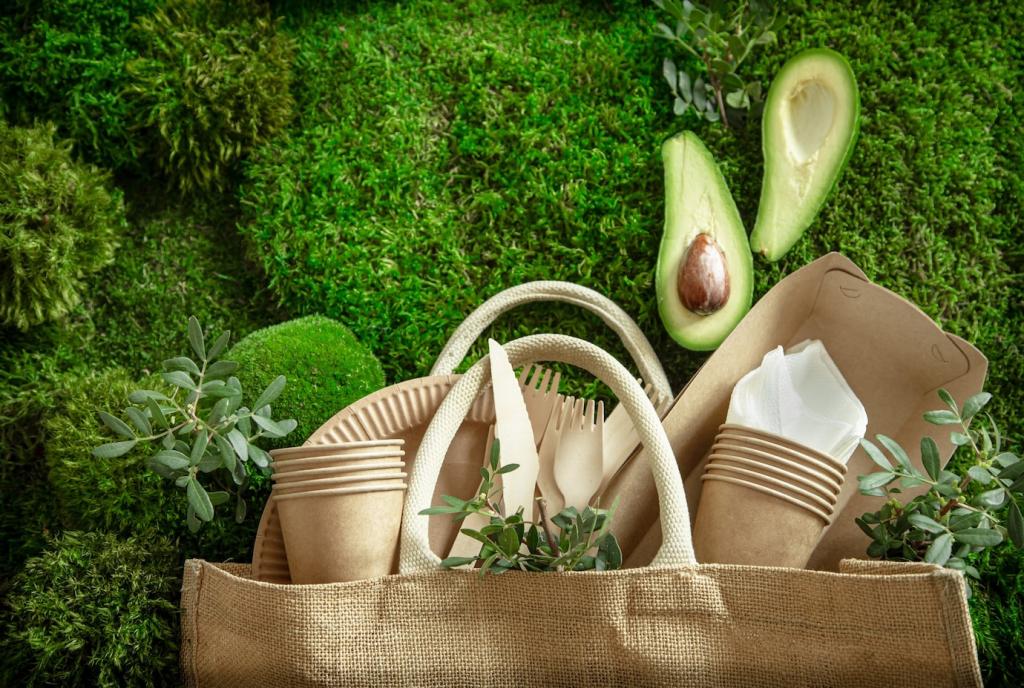
Portions That Respect Hunger and Time
Use smaller containers for snacks and larger ones for family dinners to avoid overeating or wasting food. Bento-style compartments keep textures crisp until lunchtime. What portion sizes work best for you? Share your favorite container size to help someone dial in their routine.
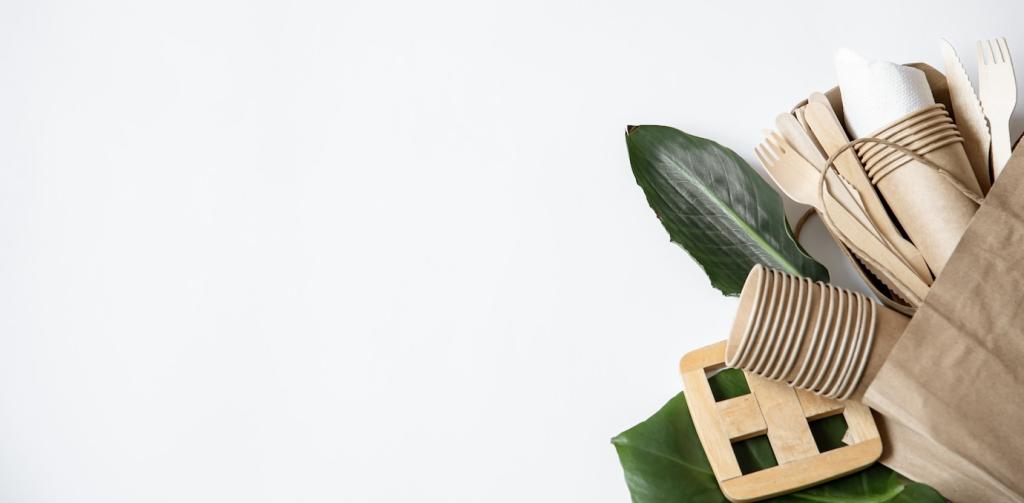
Defeating Stains and Tomato Ghosts
For stubborn red sauces, try a baking soda paste and gentle scrubbing, followed by a sunshine dry to fade discoloration. Glass rarely stains, while silicone benefits from occasional vinegar soaks. Got a miracle fix? Share your before-and-after in the comments to help others rescue containers.
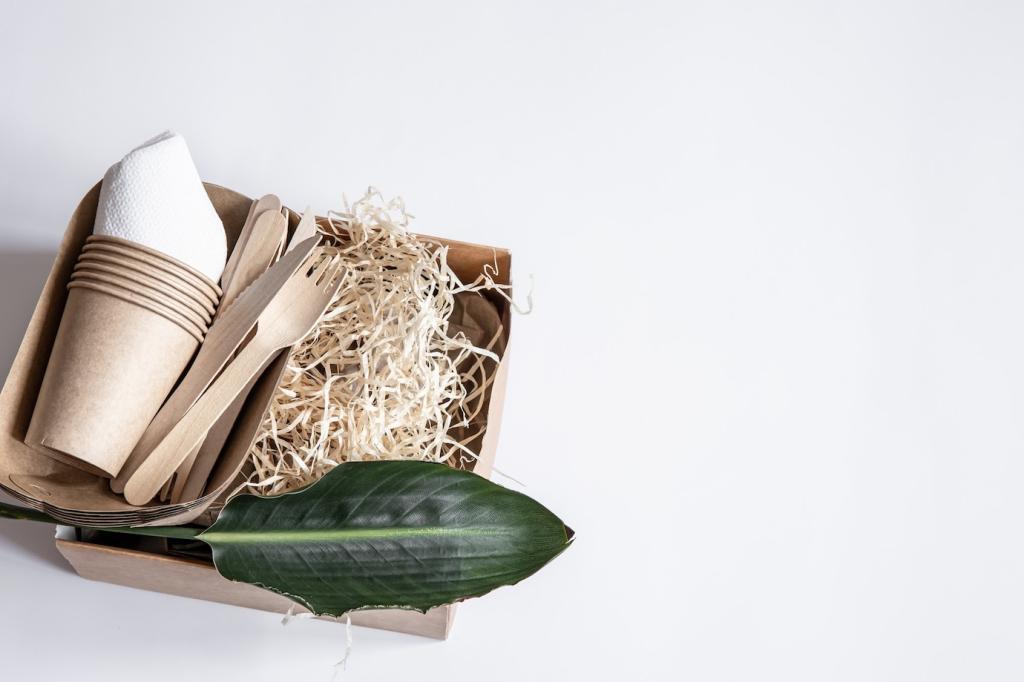
Banishing Lingering Odors
Neutralize smells with lemon slices, coffee grounds, or a diluted vinegar rinse. Air containers fully open to prevent musty buildup. Stainless usually releases odors fastest, while silicone may need longer soaks. Which method works best for you? Add your tip and subscribe for monthly cleaning checklists.
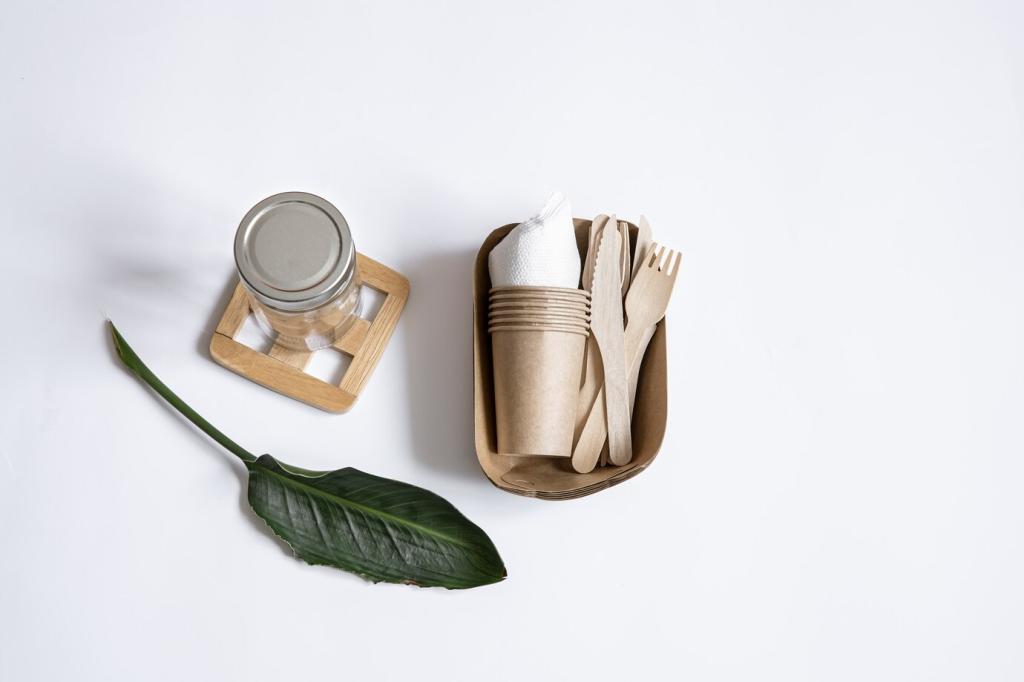
Maintenance Checks and Safety
Inspect lids and seals for cracks that cause leaks. Replace gaskets to extend life rather than tossing a whole container. Check manufacturer heat limits for oven, freezer, or microwave use. What brand’s replacement parts impressed you? Comment so our community buys smarter and wastes less.
Taking Sustainability Beyond the Kitchen
Bring-Your-Own Everywhere
Keep a clean container in your bag for bakery items, salads, or leftovers. A simple script—“Could you place it in this container, please?”—is polite and effective. Have you convinced a local cafe to accept reusables? Share how you asked, and subscribe for advocacy tips that really work.
Bulk Shopping and Refills
Learn your store’s tare system, record weights on lids, and carry a small funnel to avoid spills. Clear containers show quantity at a glance and reduce overbuying. Which pantry staple saves you most when bought in bulk? Tell us and help others plan smarter refill runs.
Community Swaps and Stories
Host a neighborhood jar swap and trade extras for sizes you actually use. One reader shared her grandmother’s habit of saving every glass jar, which now houses spices and homemade pickles. Tell us your family container story, and subscribe to join our next community challenge.
Join our mailing list
